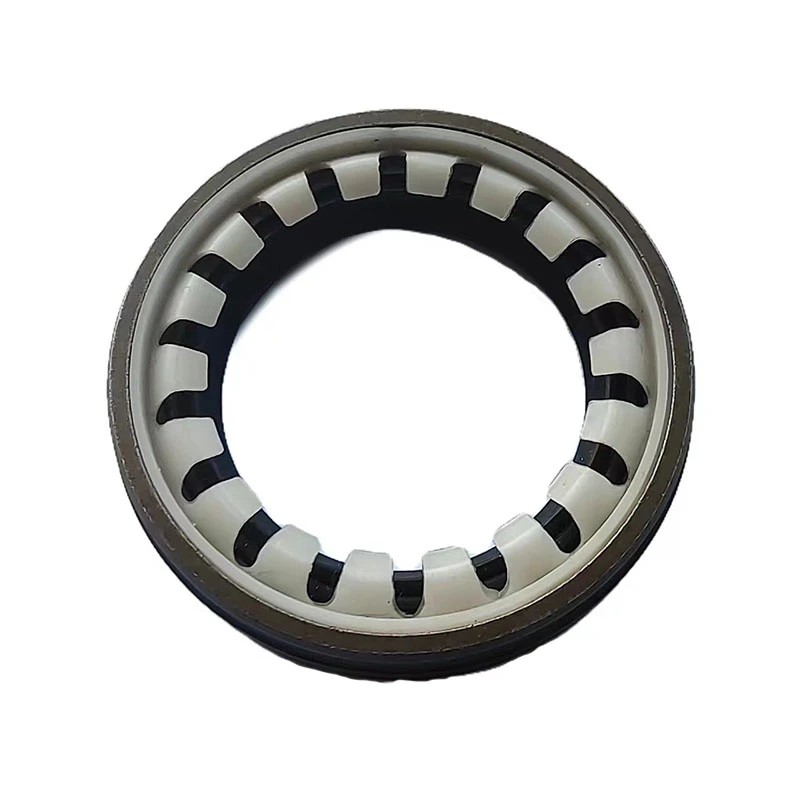oil seal dimension
Understanding Oil Seal Dimensions A Comprehensive Guide
Oil seals, also known as rotary shaft seals or oil doughnuts, are essential components in many machinery systems. Their primary function is to contain lubricants within bearing housings or machinery, preventing leakage while simultaneously keeping contaminants out. The size and dimensions of oil seals are crucial for their effective functioning. In this article, we will delve into the importance of oil seal dimensions, how they are measured, and why they matter in various applications.
The Importance of Oil Seal Dimensions
The dimensions of an oil seal primarily include the inner diameter (ID), outer diameter (OD), and width (thickness). Each of these dimensions plays a vital role in ensuring that the oil seal fits properly. A well-fitted seal maintains the integrity of lubrication systems, thereby enhancing the operation of machinery and extending its lifespan.
1. Inner Diameter (ID) This is the size of the hole that fits around the shaft. The ID is critical because it determines how snugly the seal will hug the shaft. A tight fit is essential to prevent oil leakage. Conversely, if the ID is too large, it can lead to inadequate sealing and eventual failure.
2. Outer Diameter (OD) The OD corresponds to the size of the casing that fits into the bore of the housing. Since the oil seal must withstand pressure and rotational forces, the OD needs to be appropriately sized to ensure a proper fit in the assembly. A precise OD helps to minimize the gap between the seal and the housing, which is critical for effective sealing.
3. Width (Thickness) This dimension refers to how thick the oil seal is. The width influences the seal’s ability to accommodate various loads and pressures. A thicker seal typically offers more durability, but it must also fit within the space constraints of the machinery.
oil seal dimension

Measurement Methods
When measuring the dimensions of an oil seal, accuracy is paramount. Using calipers or measuring tools, technicians must ensure that they get precise readings. When specifying an oil seal, it's important to consider not just the dimensions, but also the type of material used in the seal's construction, as different environments may require different properties, such as resistance to temperature, pressure, or chemical exposure.
Applications of Oil Seals
Oil seals are ubiquitous in many industries. In the automotive sector, they are found in engines, transmissions, and differentials. Their role in maintaining lubricant levels directly impacts the performance and longevity of vehicles. In industrial machinery, oil seals help ensure operational efficiency and prevent breakdowns by containing lubricants that cool and lubricate moving parts.
Furthermore, in agricultural equipment, oil seals play a crucial role in machinery reliability, especially under harsh working conditions. They ensure that equipment operates smoothly and prevents costly repairs resulting from oil leaks or contamination.
Conclusion
In conclusion, understanding oil seal dimensions is essential for anyone involved in the maintenance or manufacturing of machinery that relies on lubrication. The inner diameter, outer diameter, and width of oil seals are critical specifications that influence their performance and longevity. Proper selection and installation based on accurate measurements can ensure optimal performance, reduce maintenance costs, and prolong the lifespan of machinery. Whether in automotive applications or industrial settings, the significance of accurately dimensioned oil seals cannot be overstated. Therefore, ensuring the right fit is a fundamental step towards achieving efficiency and reliability in mechanical operations.
-
Simplifying Oil Changes: A Comprehensive Guide to Oil Drain Plugs and Their Variants
News Aug.04,2025
-
Mastering Oil Drain Maintenance: Solutions for Stripped, Worn, and Upgraded Oil Plugs
News Aug.04,2025
-
Fixing Oil Pan Plug Issues: Leaks, Stripped Nuts, and the Right Replacement Solutions
News Aug.04,2025
-
Everything You Need to Know About Oil Drain Plugs: Sizes, Fixes, and Upgrades
News Aug.04,2025
-
Choosing the Right Oil Drain Plug: A Guide to Sizes, Materials, and Drain Innovations
News Aug.04,2025
-
A Complete Guide to Automotive Drain Plugs: Types, Problems, and Innovative Solutions
News Aug.04,2025
-
The Ultimate Guide to Car Repair Kits: Tools and Essentials Every Driver Should Own
News Aug.01,2025
Products categories















